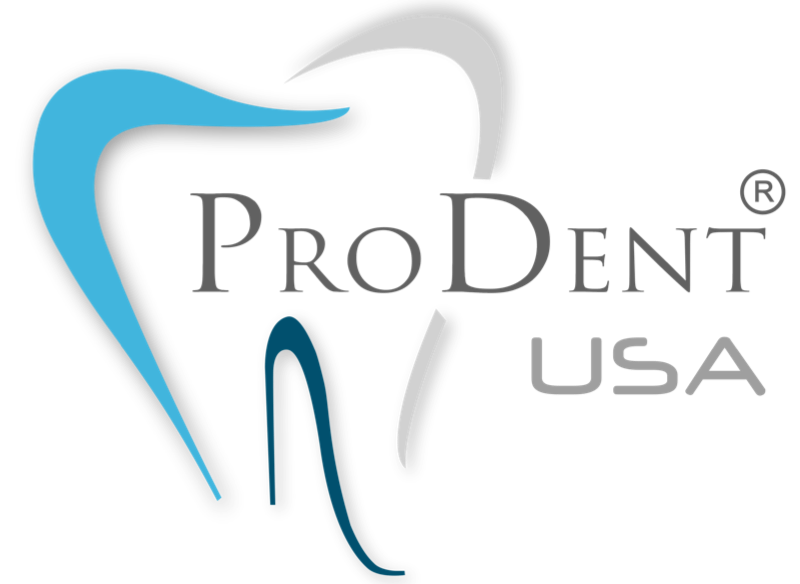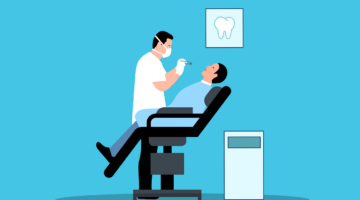
Even in an era where “patient-centered care” is a buzzword that’s often bandied about as marketing speak, patient voices and control are often limited during their healthcare journey.
Increasingly though, the traditional power dynamic in healthcare is being changed, with savvy and outspoken patients leading the conversation to take more control of their treatment and become the CEO of their own healthcare experiences.
Still, it’s no secret that there’s a long way to go to create a more equitable foundation and build better care practices.
At the MedCity ENGAGE conference in San Diego on Nov 6-7, a breakout panel entitled “What Empowered Patients Want” will tackle the question of how to create better strategies in improving the patient experience, engagement and forming relationships built on mutual respect and collaboration.
Panelists will be software developer and diabetes patient advocate Thacher Hussain, Agnes Berzsenyi, the president and CEO of Women’s Health at GE Healthcare, breast cancer patient advocate and Hulabelle Swimwear CEO Dana Dinerman and Taylor Carol, the chief strategy officer for patient experience company ZOTT, with moderation by ConvergeHEALTH Managing Director Dan Houseman.
When Thacher Hussain was diagnosed with Type 1 Diabetes five years ago it came as a shock. However, the trained engineer and former healthcare consultant, soon took her technical knowledge and started to literally build solutions to her condition with the help and support of fellow patients online.
Early on that took the form of her participating in the volunteer-run Nightscout Project, an open source DIY initiative to build a system to upload glucose levels onto the cloud for tracking and analysis, and later contributing to development of OpenAPS, an open-source Artificial Pancreas System.
While OpenAPS was initially started as a way to get technology directly in the hands of patients by circumventing the traditional regulatory approval process, Hussain said the FDA has become less of a limiting factor in recent years.
However, many commercial device manufacturers have lagged in incorporating and leveraging the technologies and features created by the existing and engaged patient community.
“One of the most confusing things in the patient community is why commercial products are coming out with problems that we’ve already addressed,” Thacher said in a phone interview. “There’s so many options out there, but none of them are fully encompassing of what people are already doing on their own.”
What’s necessary, according to Hussain, is better coalition building between open-minded business figures and passionate patients so that the patient perspective is not just heard, but heeded, in an effort to distribute the most effective treatments to the largest number of patients
“If I want my great commercial solution I need to partner with companies, I need to be the patient they want to ask questions to and have a collaborative conversation with,” Hussain said.
Attend MedCity ENGAGE to hear about how patients are taking a more active role in their healthcare. Save an additional $50 using the MCN50 code. Register now.
For Dana Dinerman, an entrepreneur who started her own swimwear line Hulabelle after finding it difficult to find a bathing suit once she had undergone a mastectomy, coordination and communication has been a continuing barrier for her treatment.
Dinerman relayed an experience where as a breast cancer patient, she went to get a mammogram at the age of 39, one year before the recommended annual screening age.
“I just sat there waiting and waiting until they told me that the radiologist wasn’t going to allow this until they got an OK from the doctor and it was an ugly reminder that I shouldn’t have to be there at my age, but it was also ridiculous because I only had one breast,” Dinerman said in a phone interview.
From her end, Dinerman has seen things improving, albeit slowly. After getting a second opinion during her current round of treatment and choosing a new direction, her clinical team worked together to get her on a new care plan instead of bickering about differences in opinion.
Her own healthcare experience started with an incorrect diagnosis of clogged milk ducts before a second visit led to the biopsy that revealed she had breast cancer.
“In some cases it’s basically luck of the draw,” Dinerman said “I think as a patient you have to be your own advocate, you have to be your own voice.”
A lot of that effort is trial-and-error, but Dinerman said stronger partnerships are needed between survivor coalitions, clinics, nonprofits and insurance providers to align priorities and make progress on better practices.
Dinerman added that what’s also key – especially in cancer care – is honesty and communication which can be difficult, but necessary in developing a realistic path forward for treatment.
“My cancer does not really have a straight up answer and as humans we crave that, but medicine is an art not a science,” Dinerman said.
“To be honest, we really want doctors to be more upfront with us because even though its scary, cancer is not going to kill you in one day. There are ways to live with it, but it needs to be laid out that your life has changed in real and significant ways.”
Picture: Getty Images, PeterSnow










